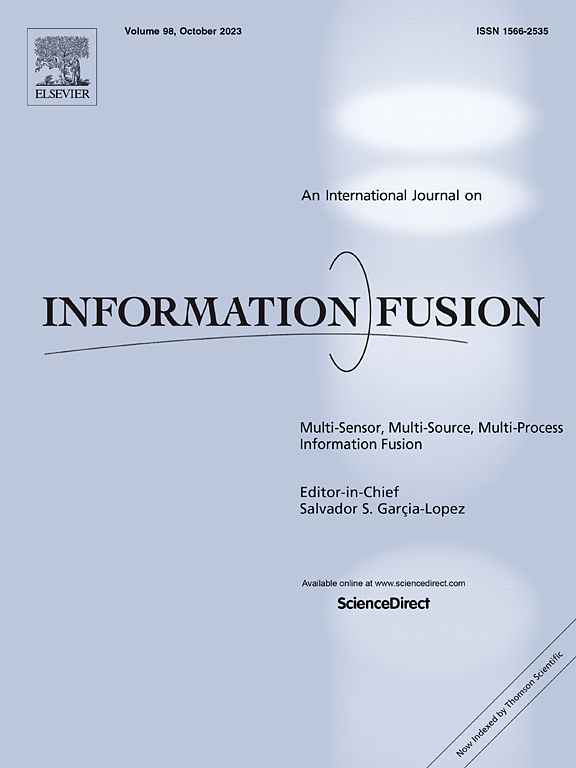模式-下一步:迈向统一的异构蜂窝数据集成
IF 14.7
1区 计算机科学
Q1 COMPUTER SCIENCE, ARTIFICIAL INTELLIGENCE
引用次数: 0
摘要
异构元胞数据的统一集成是构建人工智能虚拟元胞的基础。当前人工智能(AI)集成技术层出不穷,但在不同场景下往往是孤立的。为了促进高分辨率生物数据分析领域向多模态统一模型的发展,我们提出了一种统一高效的集成范式Modal-Nexus Transductive learning (mode - next)。Modal-NexT总结了四种场景:配对多模态集成、非配对多模态集成、空间多模态集成和多源集成。Modal-NexT利用转导学习在统一的细胞特征联合图上捕获生物背景。我们已经为四个集成场景收集了准备好基准测试的数据集,并建立了全面的集成基准测试。对这些数据集的评估验证了Modal-NexT在细胞数据集成中的准确性和鲁棒性。本文章由计算机程序翻译,如有差异,请以英文原文为准。
Modal-NexT: Towards unified heterogeneous cellular data integration
Unified integration of heterogeneous cellular data is the foundation for building artificial intelligence virtual cells (AIVCs). Although current Artificial Intelligence (AI) integration techniques are emerging in an endless stream, they are always isolated in different scenarios. To promote the development of the high-resolution biological data analysis field towards a multi-modal unified model, we propose Modal-Nexus Transductive learning (Modal-NexT), a unified and efficient integration paradigm. Modal-NexT summarizes four scenarios: paired multi-modal integration, unpaired multi-modal integration, spatial multi-modal integration, and multi-source integration. Modal-NexT utilizes transductive learning to capture the biological context on a unified cell-feature joint graph. We have collected benchmark-ready datasets for the four integration scenarios and established comprehensive integration benchmarks. Evaluations on these datasets have verified the accuracy and robustness of Modal-NexT in cellular data integration.
求助全文
通过发布文献求助,成功后即可免费获取论文全文。
去求助
来源期刊

Information Fusion
工程技术-计算机:理论方法
CiteScore
33.20
自引率
4.30%
发文量
161
审稿时长
7.9 months
期刊介绍:
Information Fusion serves as a central platform for showcasing advancements in multi-sensor, multi-source, multi-process information fusion, fostering collaboration among diverse disciplines driving its progress. It is the leading outlet for sharing research and development in this field, focusing on architectures, algorithms, and applications. Papers dealing with fundamental theoretical analyses as well as those demonstrating their application to real-world problems will be welcome.
 求助内容:
求助内容: 应助结果提醒方式:
应助结果提醒方式:


